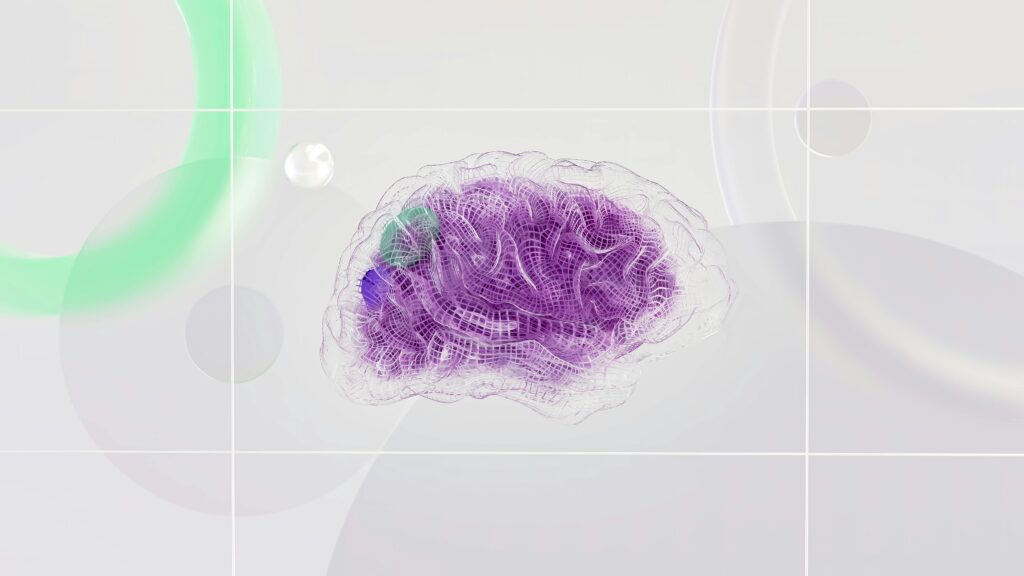Switching Off & Unlocking the Brain’s Default Mode Network

Note: I’m not a neuroscientist. This article draws on published research about the brain’s Default Mode Network, first described by Marcus Raichle and colleagues in the early 2000s.
For years, the idea of “taking time out” has been sold to us with a boarding pass and an Instagram filter. The plane ticket, the sea view, the cocktail. Or, if you prefer your downtime “productive”, maybe you’ve been tempted by the big home project or the perfectly organised shed.
The truth is both of those can keep you just as busy, physically or mentally, as your working week.
The real pause button doesn’t require you to be anywhere else. You don’t need a holiday. You don’t need to redecorate. You don’t need to “achieve” anything at all.
You just need to be present.

Photo by on Pexels
The science of doing nothing and why leaders should care
When we’re switched off, we’re not actually shutting the brain down. Neuroscientists call it the Default Mode Network (DMN), a collection of brain regions that become active when we’re not focused on an external task.
Think of it as your brain’s background processing system. While you’re walking the dog, staring out of the window, or just sitting quietly with a coffee, your DMN is sorting through experiences, connecting ideas, and rehearsing future scenarios.
Marcus Raichle, one of the researchers who helped identify the DMN in the early 2000s, described this mode as the mind turning inward, reflecting on the past, imagining the future, and integrating knowledge in ways we can’t force through effort.
For leaders, that’s powerful. This quiet mode strengthens problem solving, sparks creativity, and supports emotional intelligence.

Photo by on Pexels
Why switching off is strategic, not indulgent
Many leaders overvalue the time spent “on” and undervalue the time spent “off”. The DMN doesn’t get a chance to work when your day is crammed with meetings, emails, and decision fatigue.
By intentionally creating space for it, even in ten minute pockets, you give your brain the chance to:
- Reframe problems in fresh ways
- Spot connections between unrelated ideas
- Strengthen your sense of self and long term vision
It’s not downtime. It’s deep time.
Practicing presence without a passport
You don’t need a meditation retreat or a plane ticket. Switching on your DMN can be as simple as:
- Taking a walk without your phone
- Sitting somewhere without reading or scrolling
- Letting your mind wander in the shower or while cooking
These aren’t wasted minutes, they’re where your most valuable thinking can emerge.

Photo by on Pexels
Leaders often talk about making space for strategy. The truth is, your brain already has a strategy engine built in. You just have to give it the breathing room to run.
Switching off isn’t escapism. It’s leadership in its most reflective, resilient form.
If this resonates, you’ll love exploring Selfish Leadership – my methodology for leaders who know that protecting their own time, energy, and presence is the most unselfish thing they can do for their teams and their vision.